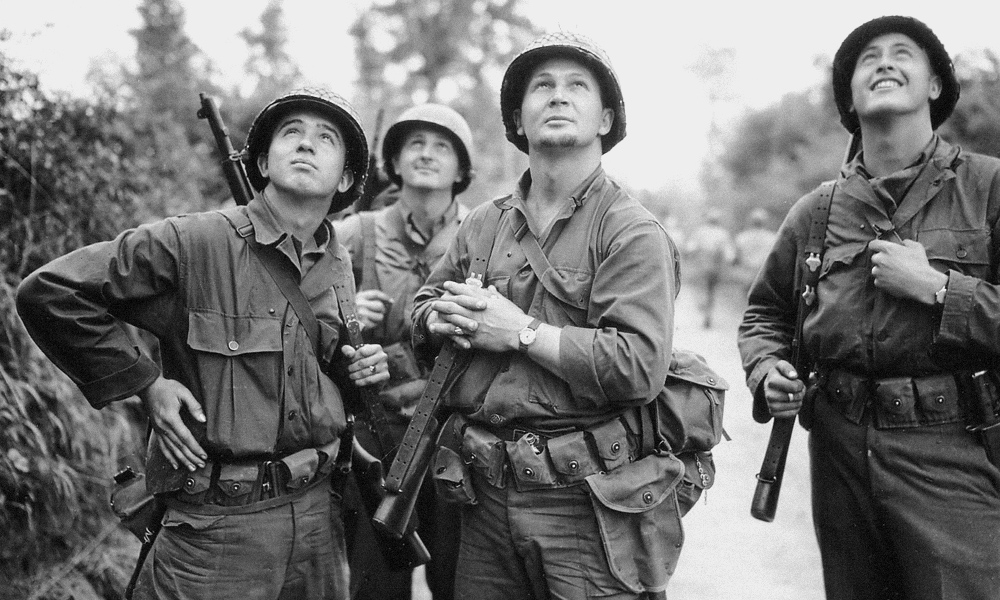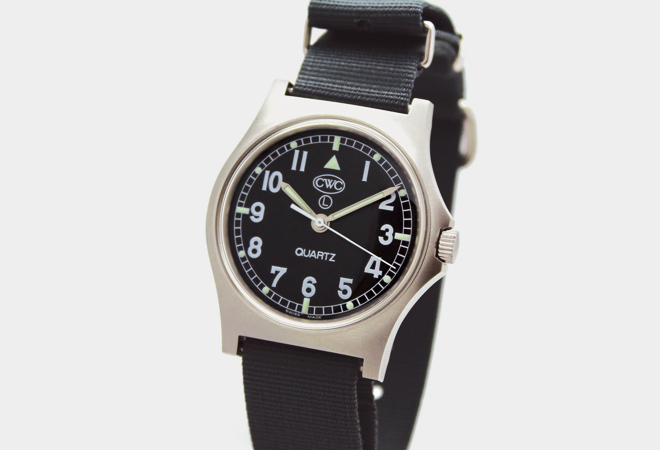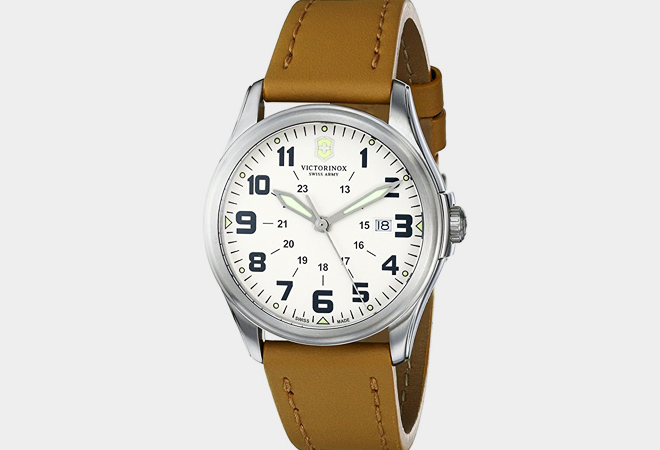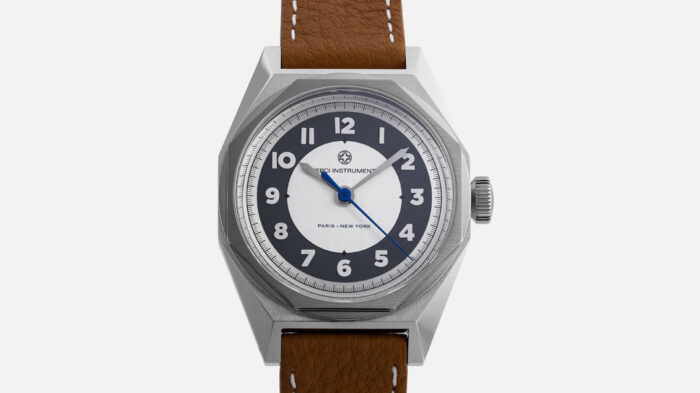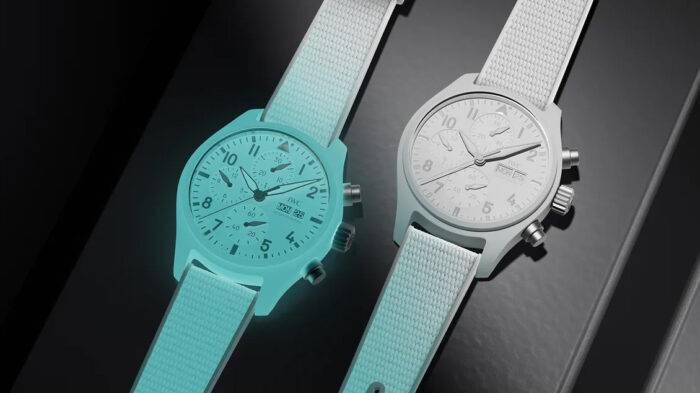It’s hard to beat the classic field watch. You can wear a field watch with nearly any outfit, they’ll survive anything your noncombatant life can throw at them, and they follow in a long tradition of civilian style that people adopted from the military. The field watch also might be the closest we’re ever going to get to a perfect wrist watch: The dials are designed to be as easy-to-read as possible, the straps don’t stretch out after a day or two, and the movements are so simple they’re nearly impossible to break.
Some theories state that the first watch put into a bracelet was made in 1571 for Elizabeth I of England, while others put the date at 1810 and a watch made for the Queen of Naples. Regardless of the exact date, it’s clear that wrist watches were exclusively for women and were seen more as jewelry than functional timepieces.
Kaiser Wilhelm I is often credited for buying the first mass-adopted commercial wrist watches for men when he bought Girard-Perregaux watches for the German Imperial Navy in 1879. Though these were still a long way away from the field watches modern men are so proud of. The watch face was protected with a metal grid to protect the glass, and the bands used chains like pocket watches.
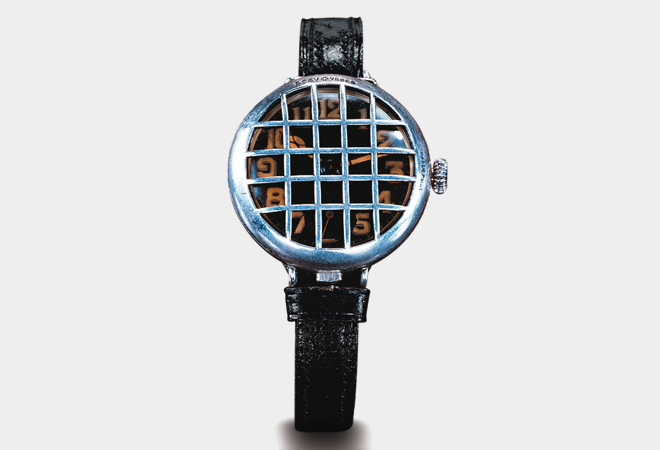
That order may have been the first time men and wrist watches were connected through the military, but it didn’t quite catch on. In fact, it wasn’t until relatively recently that men switched en masse from the pocket watch.
Wrist Watches Take Off During World War One
Traditional macho pocket watches were not an ideal way to tell time in the trenches. They might be convenient for a stroll in turn-of-the-century London, but a trench on the Western Front was cramped, dirty, and fast paced. The British were still handing out standard issue pocket watches when they entered the war in 1914. The realities in the trenches of WWI quickly forced troops to take matters into their own hands.
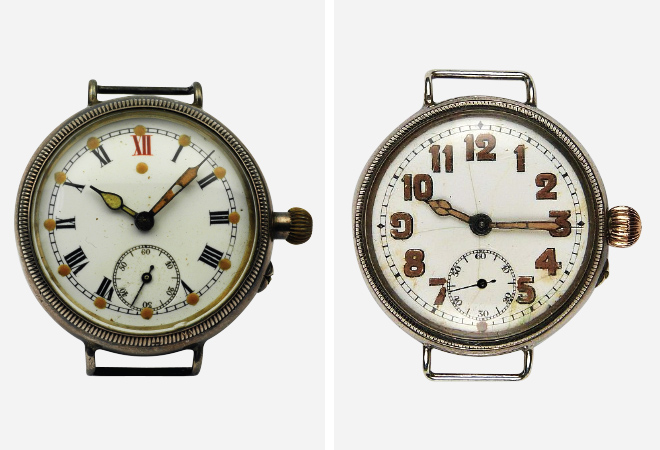
It’s believed that trench officers themselves pioneered the switch from pocket watches to wrist watches (or trench watches, as they were initially known). Officers would buy trench watches they strap to their wrist in anticipation of their deployment, either knowing from previous personal experience or from talk among troops that a trench watch was an invaluable tool in the war. Advertisements from 1915 and 1916 took different paths, with some advertising function while others attempt to turn the service watch into a symbol of status.
These watches were about function first, however. During any sort of operation, officers carefully synchronized their watches to those worn by the artillerymen behind them. This meant they could time their movements down to the second and they only had to lift their arm to check it.
But all this wrist watch coordination largely happened outside the realm of standard issue equipment. It wasn’t until the tail end of the war when the British were finally looking into creating a standard issue wrist watch.
Wrist Watches Become Standard Issue During World War Two
The American A-11 is easily the most widespread of the field watches to come from the Second World War that you’ll find today. It was manufactured by four companies: Elgin, Bulova, Waltham, and Hamilton. The A-11 is what still sets the production standard for American military watches and where the distinctive style gained popularity. It’s sturdy, accurate, dust and waterproof, and was the perfect illustration of function over form (though the form is still pretty nice). Air and ground forces synchronized their watches much like the artillerymen and trench forces of WW1. Some call the A-11 the “watch that won the war,” though nearly everything America fielded during that period has been called the “____ that won the war,” so the phrase has started to lose a bit of its punch.
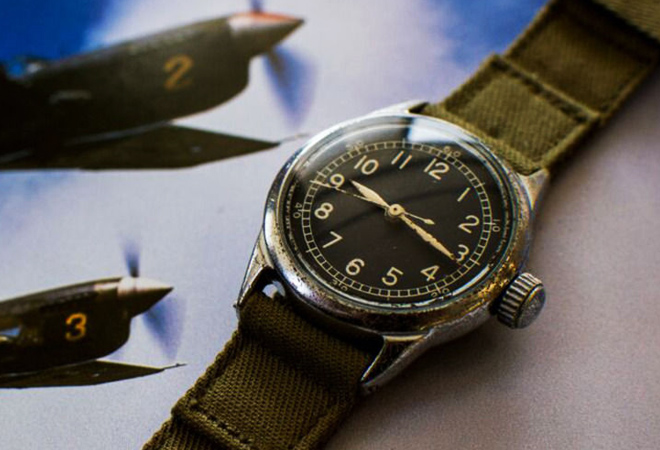
The British, they went with the W.W.W., which stood for Wrist. Watch. Waterproof. (also called the “Dirty Dozen” because 12 companies made the style). It was less common than the A-11, but very similar in that it was built to withstand battlefield punishment while maintaining accuracy and integrity. Though it did have a leg up on the American watch in at least one aspect: the W.W.W. came with luminous hands. Though, since it was Radium-226 that made the watch glow, people started destroying them for fear of radioactivity, making these watches much more rare than other WW2 field watches.
Germany and Japan both built field watches as well, but since few people are enthusiastic about wearing standard issue Rising Sun or Nazi gear, their designs didn’t do much to influence the modern field watch. Most field watches you’ll find today follow the Allied designs more than anything else.
The Vietnam War saw a few tweaks and introductions, as well as some disposable plastic construction, but the military’s field watches mostly followed the same specs as the A-11. It had the same production standard to follow, the same general display format, and the same need to stand up to demanding battlefield conditions.
The Best Modern Field Watches
As with military products, field watches are plentiful on the civilian market at almost every price point. If you want to drop $500 on what your uncle wore inVietnam, you can do that. If you have a handful of loose change and love the look of the W.W.W., you can probably find yourself a knockoff. These designs are so ubiquitous it wouldn’t be all that surprising if McDonald’s started handing out A-11s with Happy Meals.
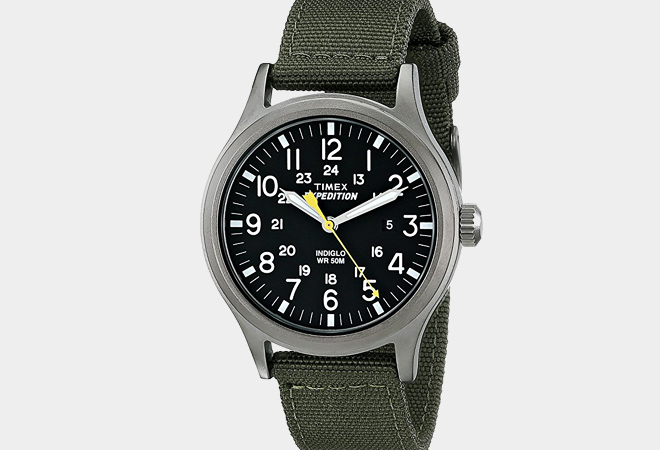
Timex Expedition
Timex might be making the most faithful modernization of the field watch considering they’re cheap, reliable, and would probably be able to shrug off a bullet. And looking at the brand’s selection, you could probably buy one of each and wear them all for years before anyone noticed you only had one model of watch. Tradition triumphs when it comes to field watches, meaning the Green/Gray model wins out. But Blue and Red Buffalo Check adds some nice color, and the straight up Blue would be a great weekend watch.
CWC G10
The G10 has an interesting history. Soldiers in the United Kingdom’s military had to fill out form G1098 to receive their attire. Troops shortened that to G10 to refer to the watches, and the name stuck. Today, G10 describes a style and strap more than a specific form or watch, since the official manufacturers for the British military have changed so frequently.
All that’s to say if you’re particularly taken with the W.W.W., look into getting yourself a CWC G10. The brand was the official supplier of the British forces for a considerable amount of time and the influence of WW2 design can still be seen in the CWC G10 while most of the other watches look more toward the American A-11.
Victorinox Infantry
For not being one of the original manufacturers of a WWII field watch, Victorinox has a great handle on the style. Giant numbers, a bright face, a clear calendar window, and large but unobtrusive hands make this one of the easiest watches to read. Victorinox also held close to that original case shape. It’s a solid watch that can take a beating, though it is far more on the pricier side.
Buy Now $795
